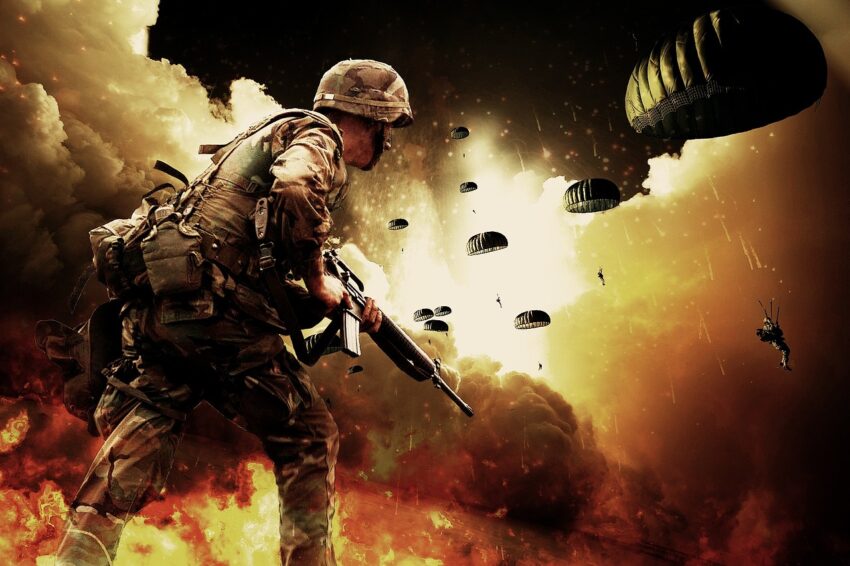The Military Industrial Complex
In his farewell speech in 1961, President Eisenhower cautioned the United States about the growing power of the Military-Industrial Complex. As a distinguished military leader turned president, he was in a position to know.
By 2014, the significance of his warning was evident. William Blum, in Killing Hope, described more than fifty major wars prosecuted by the United States since World War II. He posed a troubling question: “Is the United States against terrorism?” At a national level, the answer is yes. Ordinary citizens everywhere oppose terrorism.
The question becomes more complex when considering the intersection of intelligence and military industries. Millions are employed in weapons production, and the industry is highly significant to the economies of the United States, Europe, and other nations, including permanent members of the UN Security Council and Israel. Even small arms, often used in civil wars, remain a profitable sector worldwide.
Vast Military and Intelligence Industries
The heavy weapons industry is vast and powerful, with annual sales exceeding $400 billion. The top 100 companies report yearly sales of more than $600 million each. The Stockholm International Peace Research Institute (SIPRI) produces annual reports that document the reach of the Military Industrial Complex.
The intelligence industry is also immense. In the United States, 17 major agencies together cost $68 billion annually. Despite this, they failed to anticipate the rise of the Islamic State in Iraq and Syria until the group had occupied major territories, acquired advanced weapons, and generated revenue through oil production and sales.
Benefits from Insecurity and War
To ask whether new threats harm the military and intelligence industries is to imagine a world at peace. Without wars, dictators, or extremist groups, weapons markets would collapse, with consequences for economies, shareholders, and influential leaders of these industries.
Wars within industrialized countries are no longer an option. Instead, short and intensive wars, such as the 1990–1991 Gulf War and the 2003 invasion of Iraq, or prolonged conflicts like the Iran–Iraq War or Afghanistan, provide sustained demand.
Fertile Environment for Manufactured Conflict
Such conflicts require adversaries. Figures portrayed as aggressors or extremists often serve this role. Third-world countries, characterized by weak governance, ethnic and religious divisions, and strongmen susceptible to manipulation, provide fertile ground.
The New Internationalist (2009) documented how Osama bin Laden was dispatched to Afghanistan in 1979 with funding from the CIA and others in the Gulf. He later formed al-Qaeda with knowledge of these agencies. The events that followed, from the attacks of 9/11 to bin Laden’s death in Pakistan, illustrate how earlier interventions had long-term consequences.
Islamic State in Afghanistan and Iraq/Syria
The Islamic State was first declared in Afghanistan in 1992. Later, in Iraq and Syria, its growth in 2014 provided another adversary. Volunteers were trained, armed, and transported, turning a small group into a formidable force. The wars that followed were compared to earlier conflicts, including the Iran–Iraq War, the Gulf War, and the 2003 invasion of Iraq, all of which fueled the arms trade.
Future Rests on Young Shoulders
The Middle East is again a focus for military campaigns, with leaders predicting conflicts will last for years. Defense industries benefit, while regional societies endure turmoil.
Lasting solutions depend on internal reforms: stronger governance, inclusive politics, improved education and healthcare, and ethnic and religious reconciliation. The Arab Spring showed the beginnings of change, led by younger generations. Future progress will depend on them.
Later Acknowledgments
In 2014, U.S. Vice President Joe Biden stated that countries in the Middle East had funded groups such as al-Qaeda and al-Nusra. He also questioned whether a reliable “moderate” opposition existed in Syria. His remarks echoed long-standing reports about external support for armed groups.

